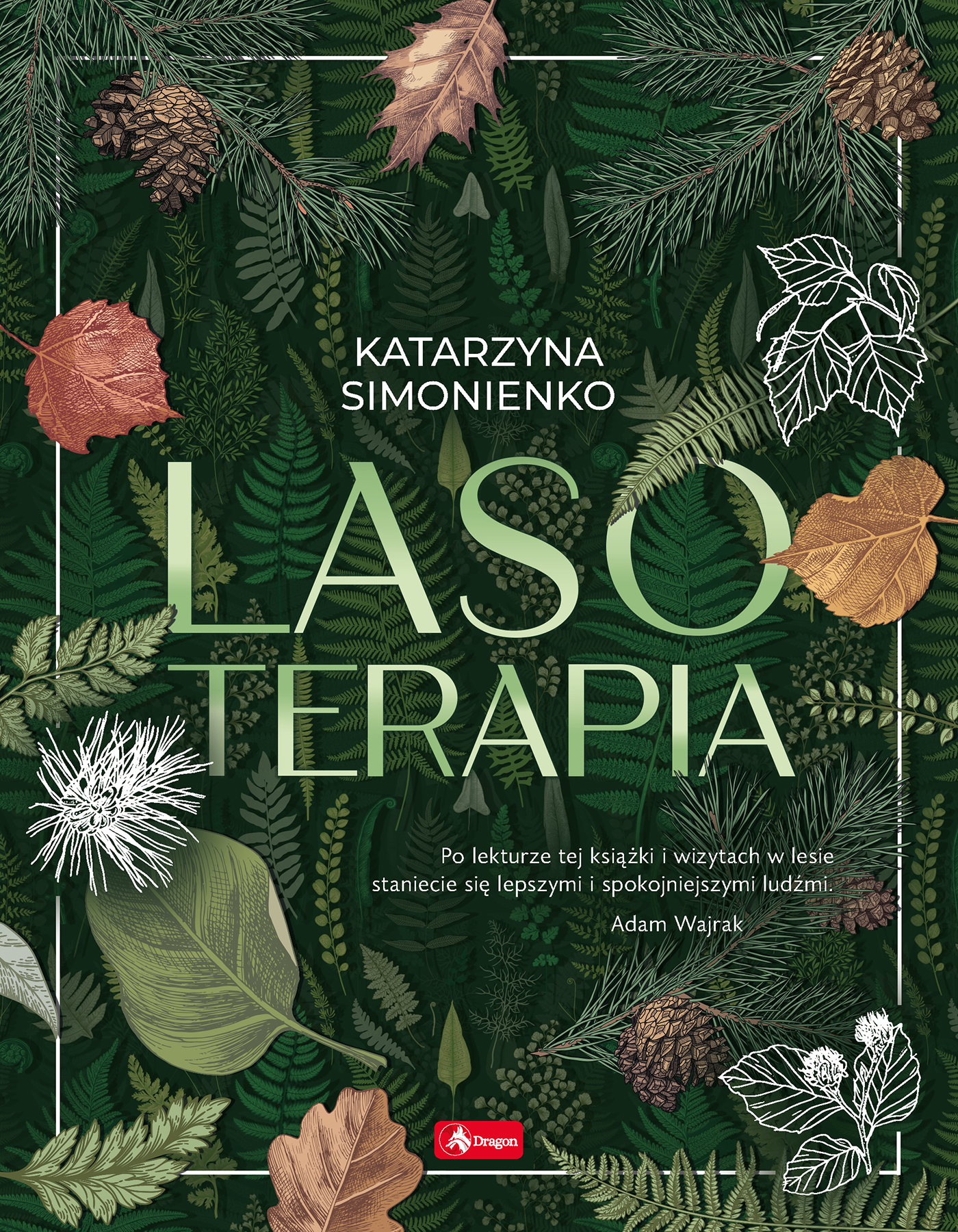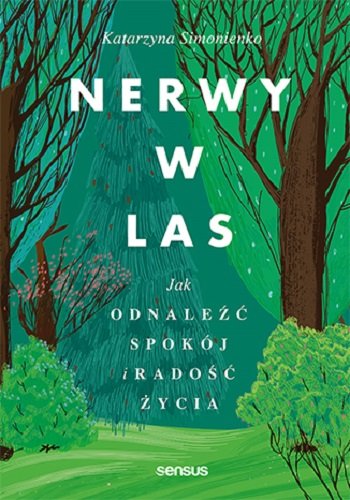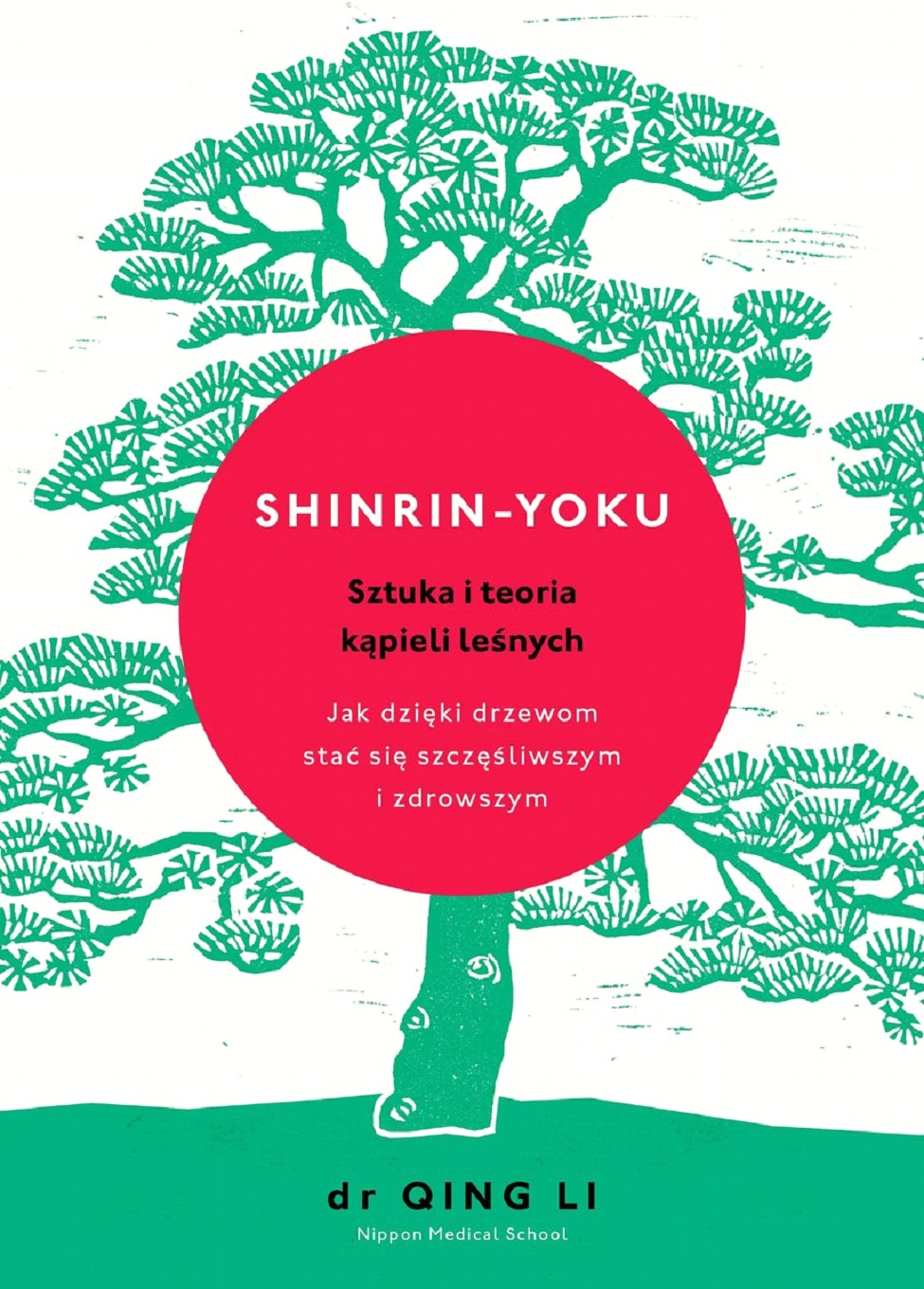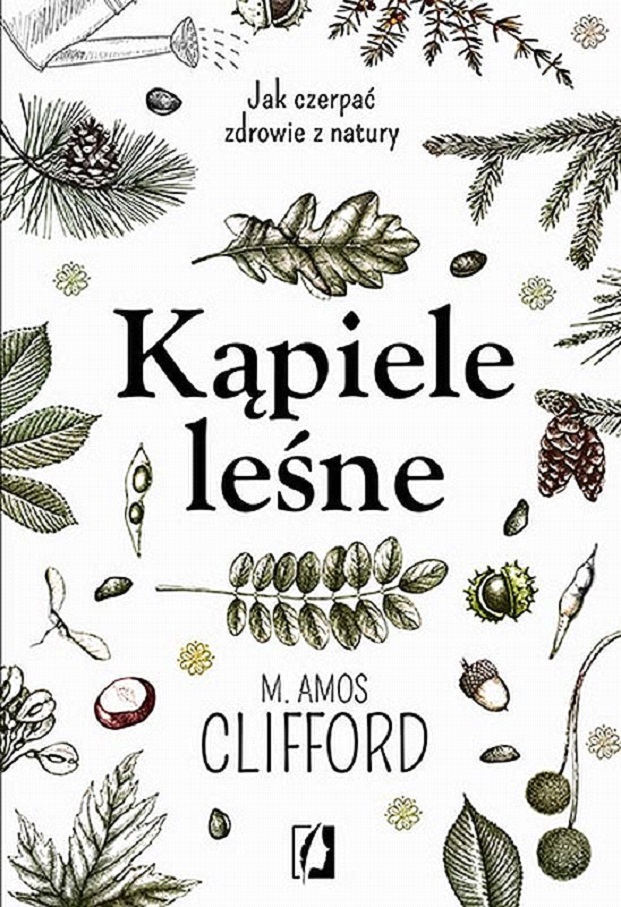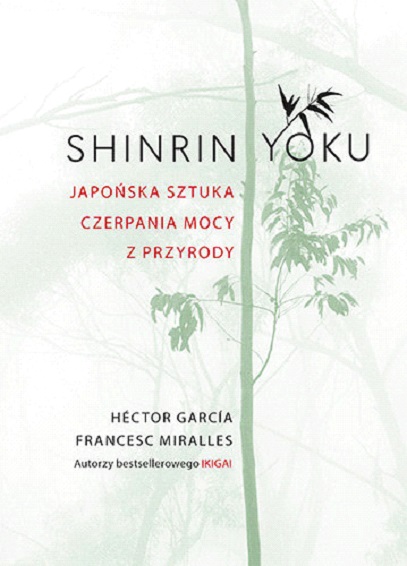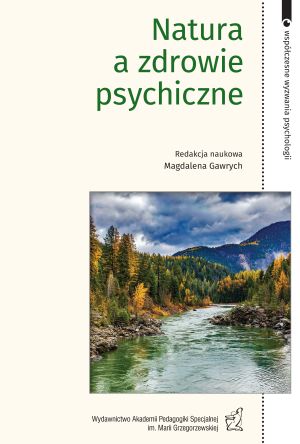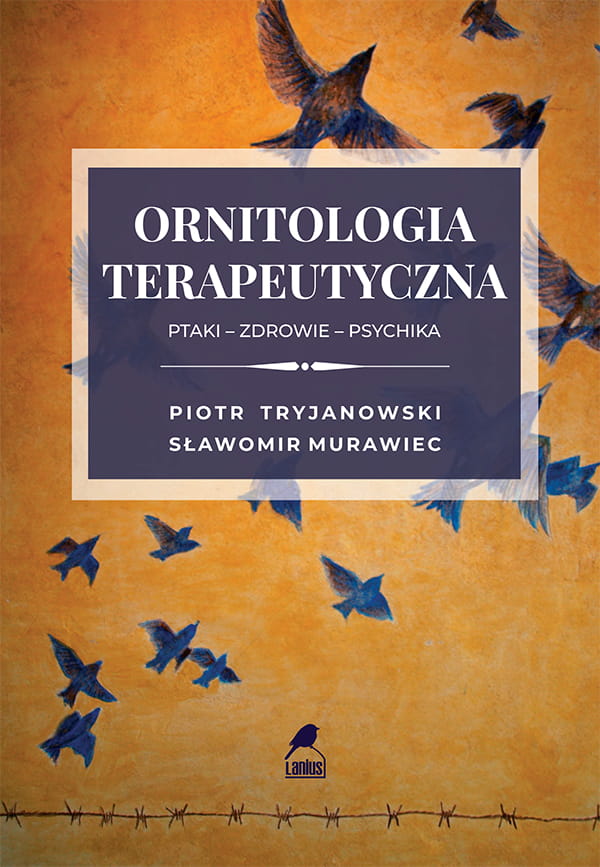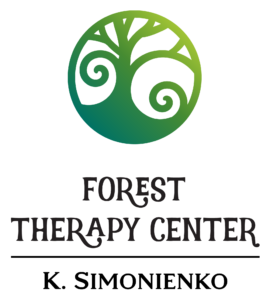
Forest Therapy Center by Dr. Katarzyna Simonienko is the first medical center of forest therapy in Poland. We guided our first forest bathing walk in 2018 in Białowieża Primeval Forest and since then, we have been walking with you regularly.
Our activities focus on scientific, educational, and medical work. We are also involved in ecotherapeutic practice and the popularization of knowledge in the field of ecotherapy and the impact of the natural environment on health.
In the thicket of leaves, a handful of scientific facts, new branches of medicine, several paths of practice, and above all, a fascinating adventure in returning to evolutionary roots await us. We invite you on a journey of knowledge and experience to appreciate nature even more, to be in a mature relationship with it, and to remember that by protecting it, we protect ourselves.
The forest is the living environment to which, as a species, we have been adapted for hundreds of thousands of years. Mass urban living is a recent phenomenon for us and is entirely non-physiological. Although we can now find food, water, and clothing in stores, there are still numerous mechanisms essential for health from which we have disconnected by leaving our natural home. What signals should our brain receive to feel safe, induce relaxation, reduce physiological stress, and improve immunity? What are phytoncides, and why do we desperately need soil bacteria? Why is a natural forest healthier than a cultivated one, and why does human happiness rely on biodiversity? How should we walk in the forest to benefit from what we have long forgotten?
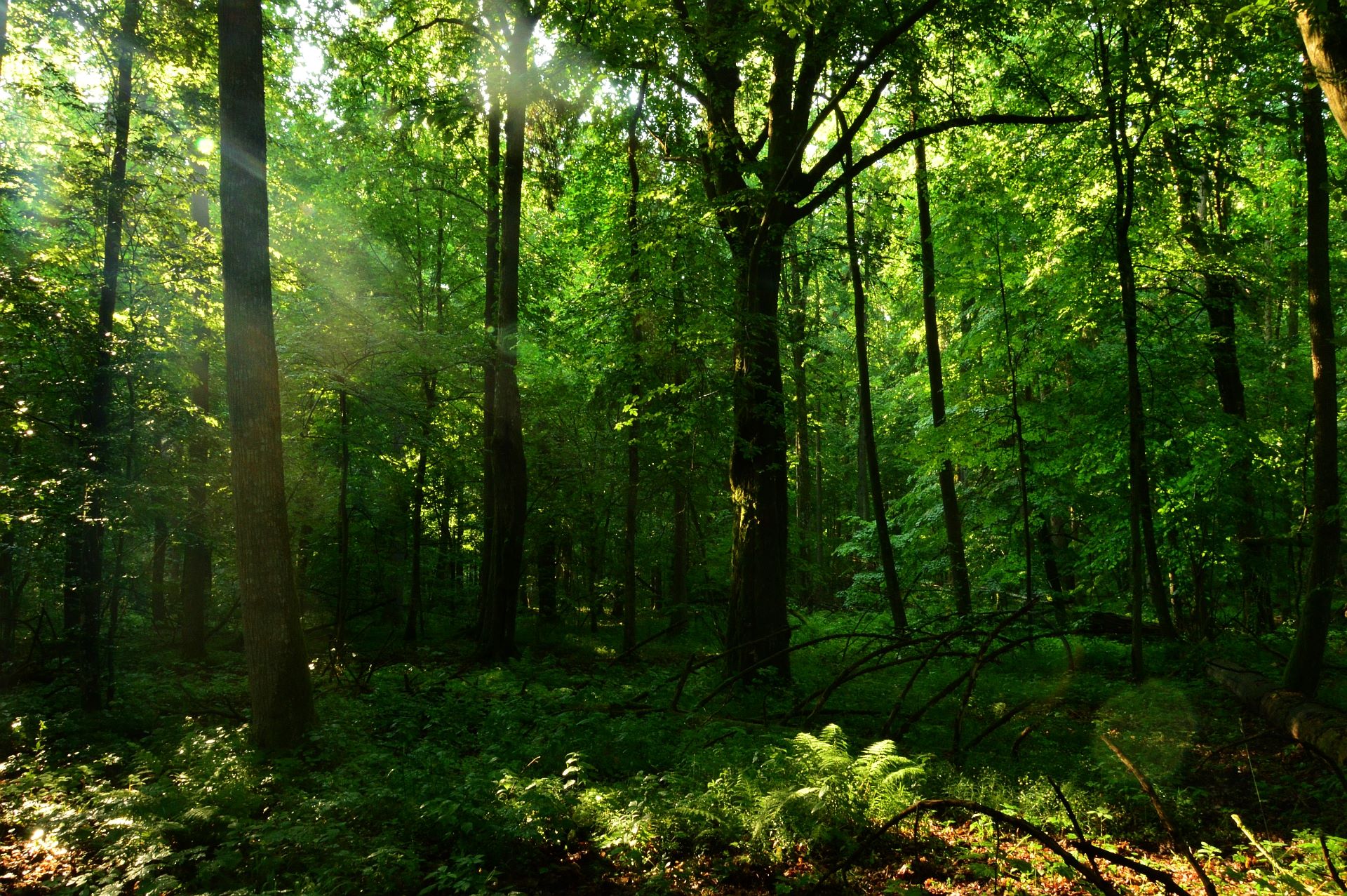
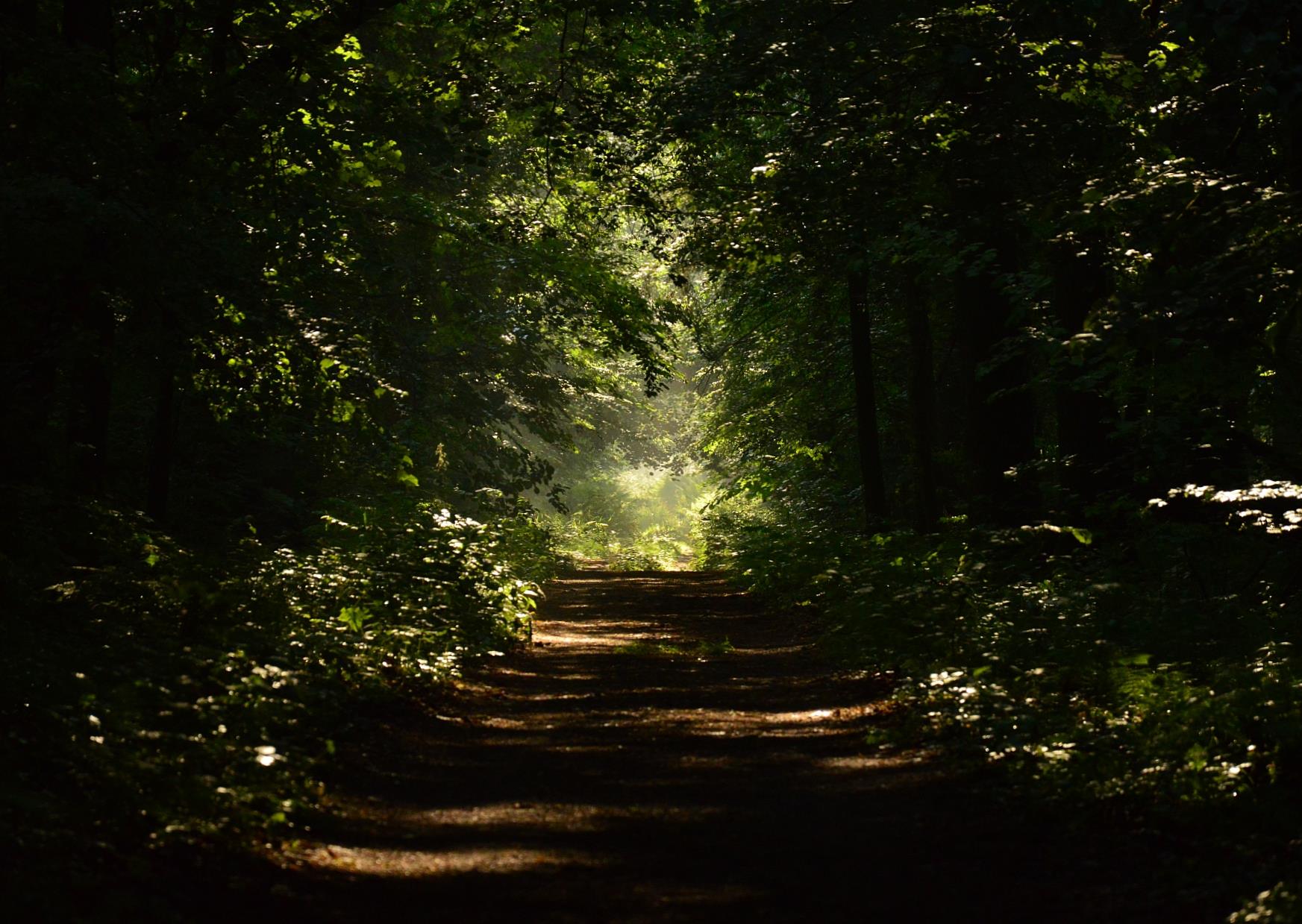
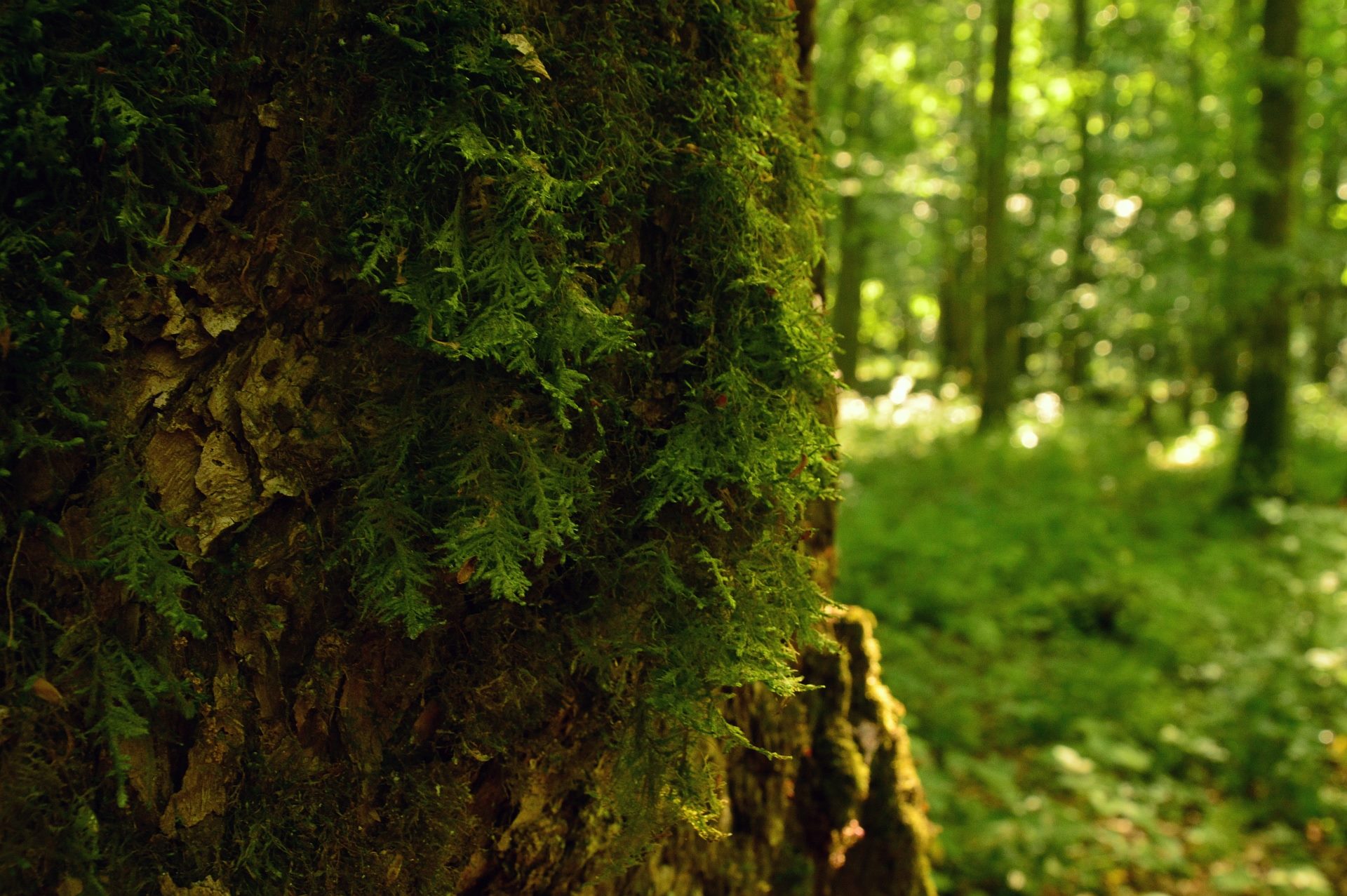
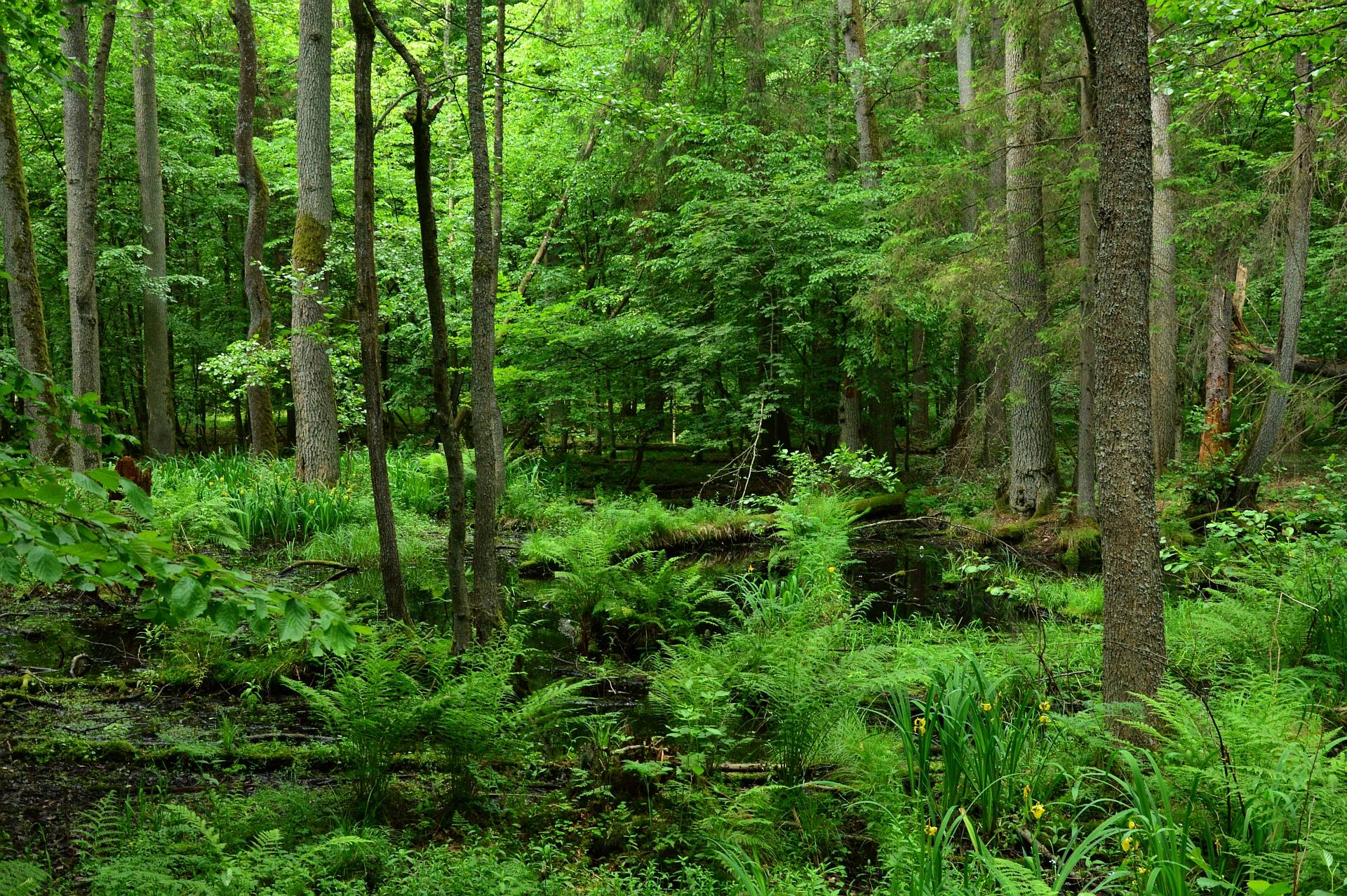
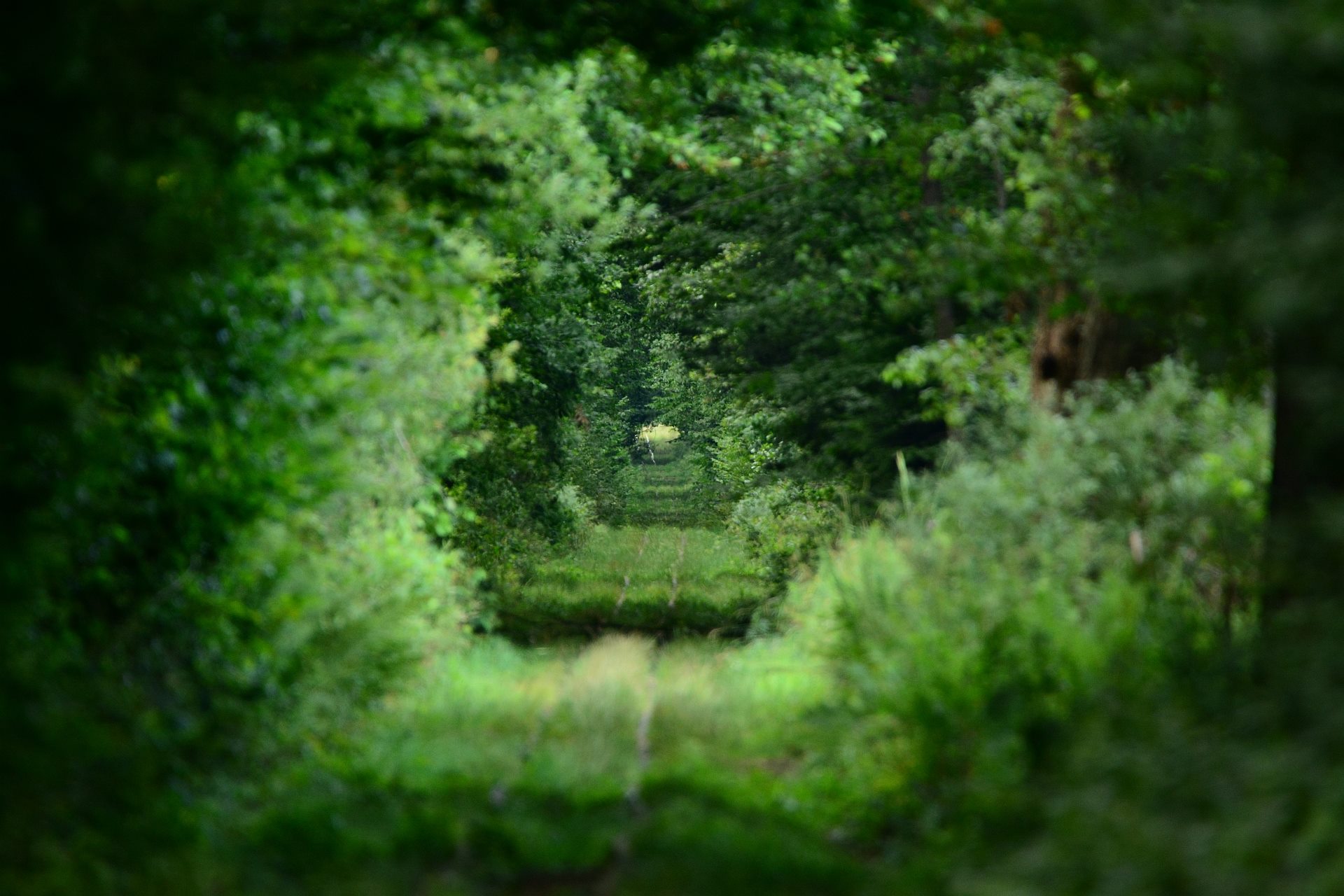
<a name=”how”></a><span style=”color: #ffffff;”>How does it work?</span>
How does it work?
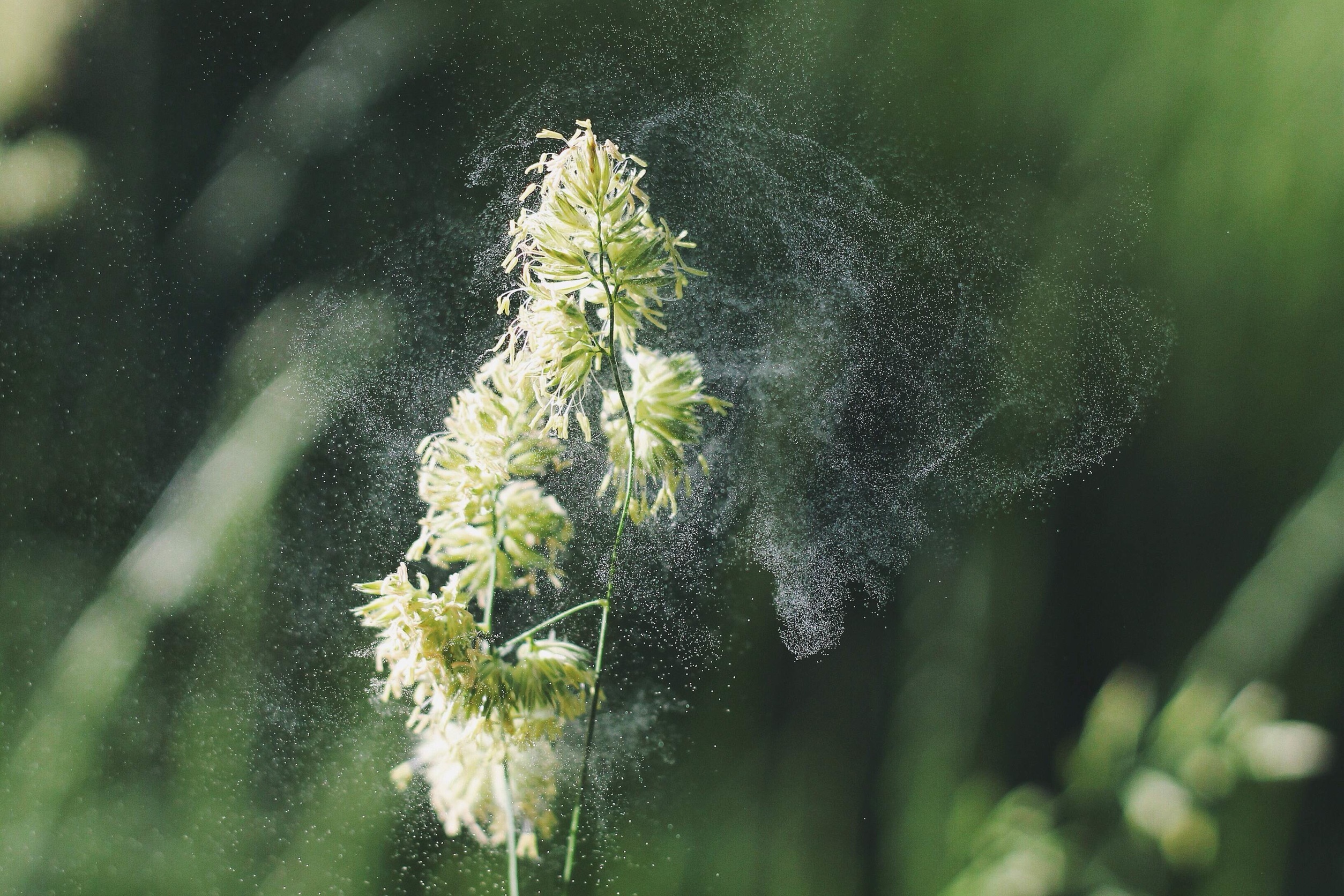
Aerobiological factors – are microorganisms and organic products secreted by plants, saturating the forest air. Its composition is completely different from the one we breathe in the city, and it is not just about exhaust gases emitted into the atmosphere, toxic compounds of sulfur and coal or smog. We live in the middle of a biological matryoshka, connected by a network of dependencies between the macro reality over us and the microworlds living in our intestines or on the skin surface, making us healthy, completely not knowing about our existence (on the other hand we did not know anything about them for thousands of years too). We also create such relationships with various groups of species around, usually completely unconsciously. Whether we like it or not, we cannot exist without this net – we would not have survived for even five minutes without products made by other creatures – oxygen, vegetable or animal food. Nobody would decopmposite our faeces, nor fight against fungal infections. So what floats among the trees, affecting our bodies?
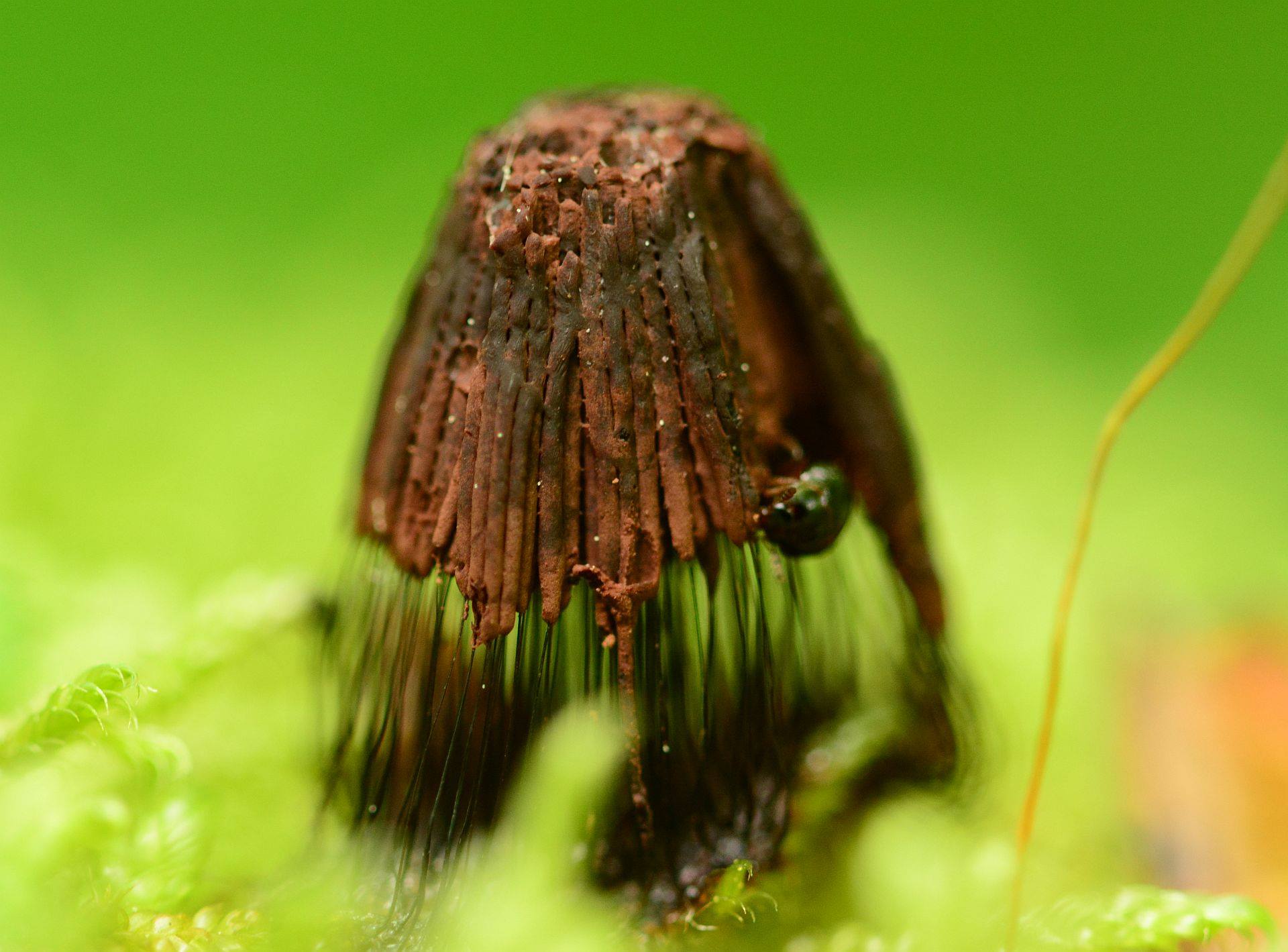
Bioaerosol – bacteria, fungal hyphae, fragments of algae, spores, pollen. Completely different than in the city, typical for natural environments, inseparably connected with specific tree species, biotopes. You can not find them at the supermarket. The greater the biodiversity – the better the microbiotic wealth. In breeding forests, where we meet only pines or spruces of the same age – we still can find tchem but not in such abundance. There is no dead wood and we think maybe that it is nice, because nothing ‘is rotting’, but such an environment is less optimal for a rich flora of microorganisms. Where can you find them? On leaves, needles, trunks, dead wood, in soil. From there, with air or through the intestinal tract they can enter our bodies. According to the theory of “excessive sterility” too little exposure to natural microbiota along with the abuse of antibiotics and excessive hygiene affect the development of allergies and weaker immunity.Bioaerosol bacteria, fungal hyphae, fragments of algae, spores, pollen. Completely different than in the city, typical for natural environments, inseparably connected with specific tree species, biotopes. You can not find them at the supermarket. The greater the biodiversity – the better the microbiotic wealth. In breeding forests, where we meet only pines or spruces of the same age – we still can find tchem but not in such abundance. There is no dead wood and we think maybe that it is nice, because nothing ‘is rotting’, but such an environment is less optimal for a rich flora of microorganisms. Where can you find them? On leaves, needles, trunks, dead wood, in soil. From there, with air or through the intestinal tract they can enter our bodies. According to the theory of “excessive sterility” too little exposure to natural microbiota along with the abuse of antibiotics and excessive hygiene affect the development of allergies and weaker immunity.

Mycobacterium vaccae – an important soil bacterium with which we have contact while walking in the forest, and even gardening, helps fight skin diseases resulting mainly from autoaggression (atopic dermatitis, psoriasis), as well as depression and exhaustion.
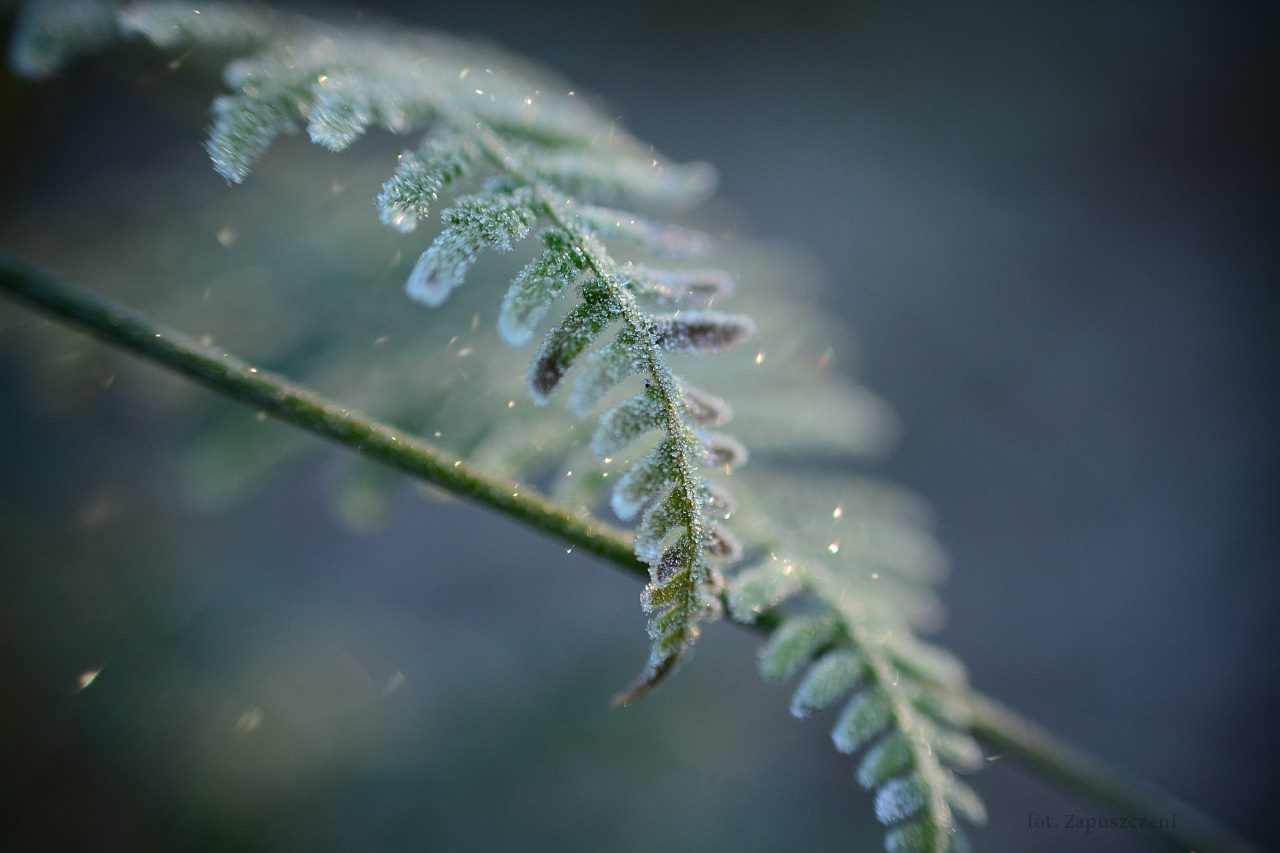
Phytoncides (from gr. phyton – plant and lat. caedo – to kill) – are organic substances secreted by various plant species for defense and communication purposes. The term was first introduced in 1928 by a Russian scholar Borys P. Tokin. Many of them are produced by trees, eg conifer α-pinen, β-pinen, limonene or mircen. In our airways, their antibacterial and antiviral potential still works, helping to fight infections through various mechanisms, eg engaging interleukines or other anti-inflammatory agents. They can also have a protective effect on nerve cells, helping the brain work.
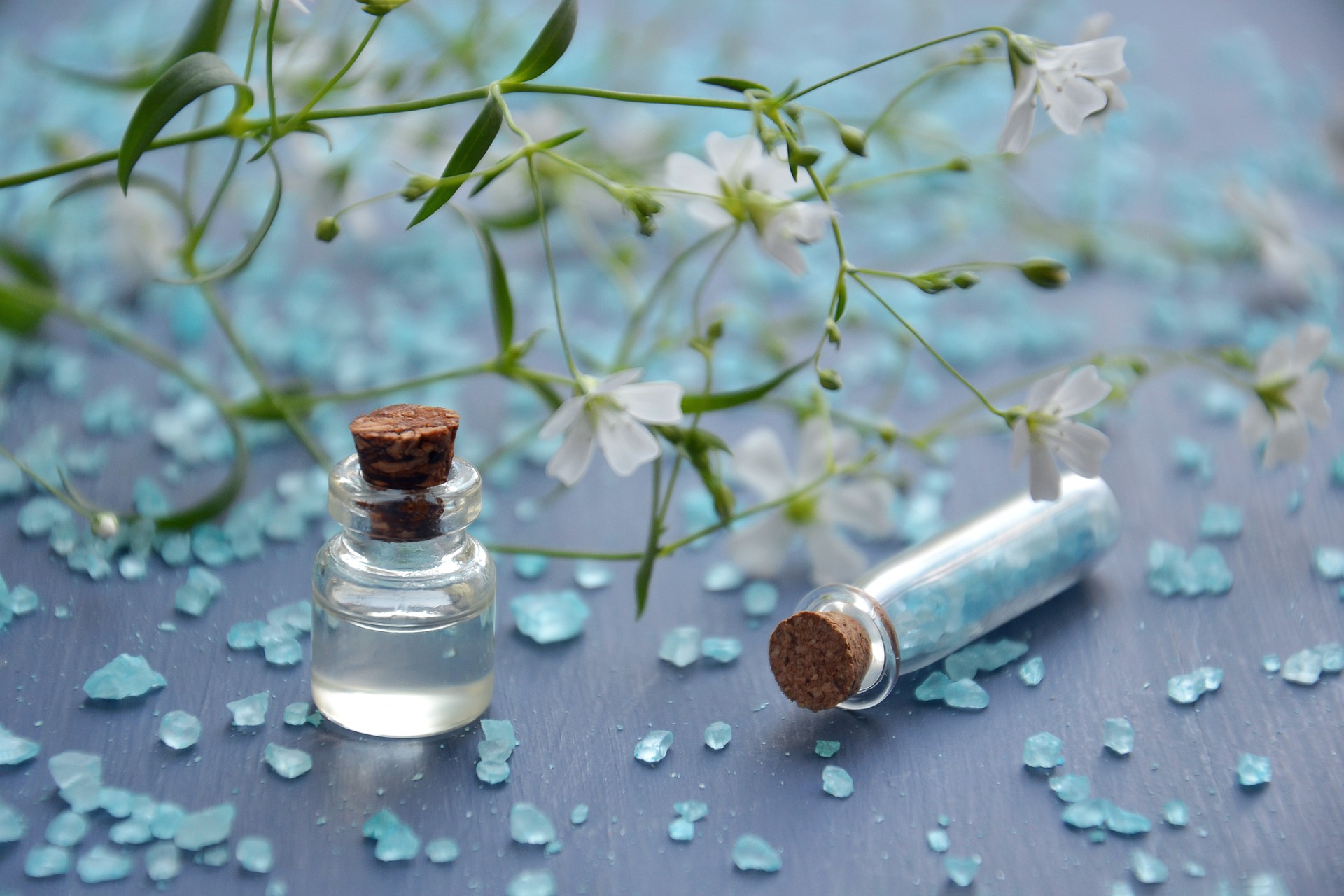
Essential oils – like phytoncides, mostly terpenes, also have anti-inflammatory and bactericidal properties. They affect not only the reference of immunity, but also the feeling of relaxation, supporting regeneration after stress, increasing the subjective feeling of comfort, relaxation, and revitalization and contentment.
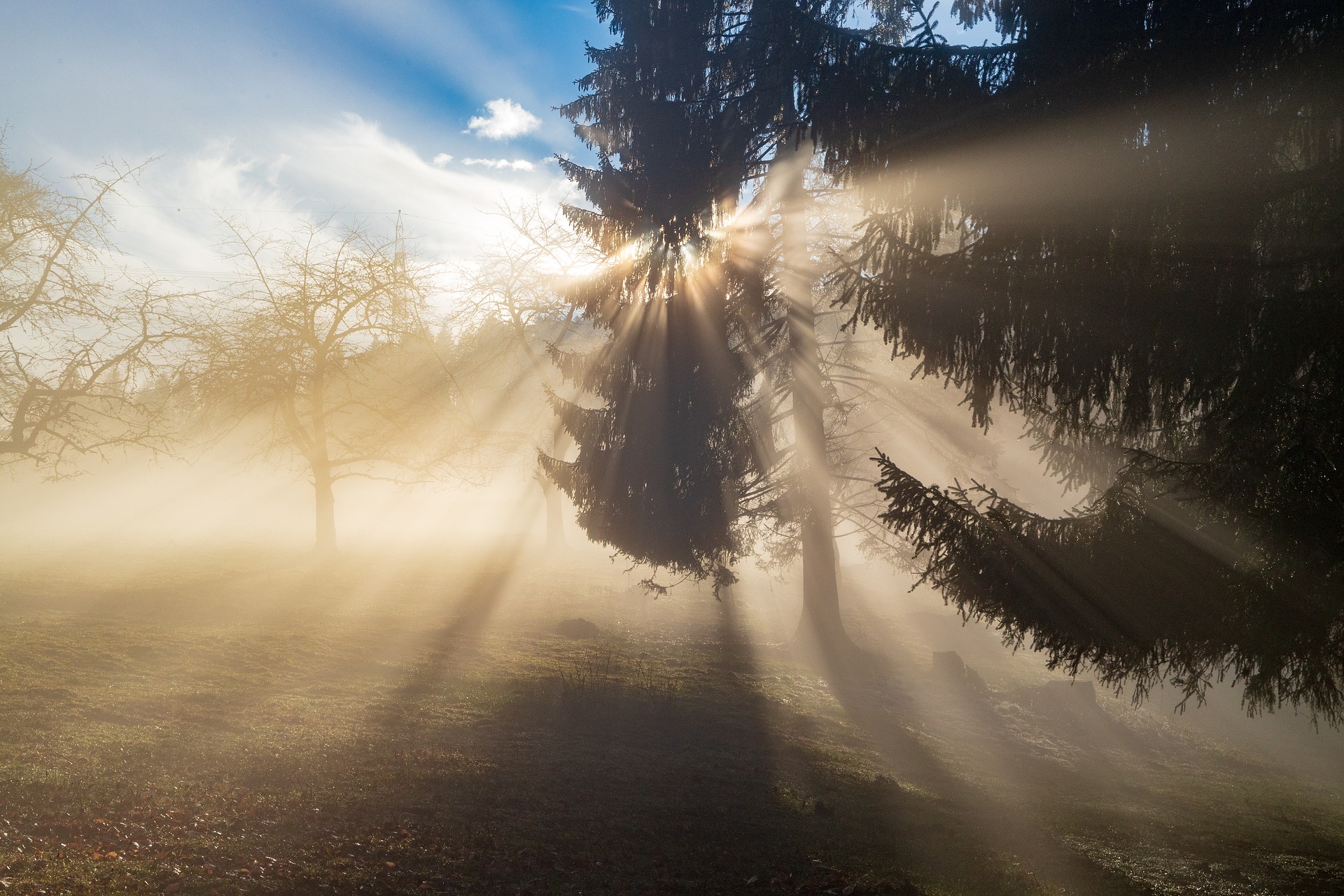
Air humidity is the content of water vapor in a unit of air volume at a certain temperature and pressure. The forest one is much more stable than the urban one, protecting the respiratory tract and hindering the entry of pathogens through the epithelium lining the mucous membranes. Humidity in cities often ranges from extreme drought to a climate reminiscent of dense jungle air after a heavy downpour. Water, having nowhere to soak, intensively evaporates, which also leads to feelings of breathlessness and discomfort and is not physiological for us. Urban air usually dries mucous membranes, facilitating colds, inhalation inhalants and skin diseases. In the forest, our outer layers naturally moisturize and revive.
Other important factors include air ionization, which in the forests has higher, healthier negative values, sunshine (richer in the spectrum of blue and green light, beneficial to health, inducing a state of relaxation) and less exposure to wind, noise and fluctuations of environmental factors.
Forest bathing / Shinrin-yoku (jap.)
“Forest bathing” is a modern term describing immersing oneself in the atmosphere of the forest, engaging all the senses in the experience. It represents the practice of mindfully being in the forest, rooted in the “here and now,” engaging all senses, oriented towards the process and well-being.
It can be practised by anyone, also by ourself.
Forest Therapy
The practice of forest bathing which is supported by scientific data according to evidence-based medicine. In practice, it is synonymous, and in scientific nomenclature, a more specialized term that emphasizes thoroughly researched mechanisms leading to well-being achieved through contact with the forest environment. It encompasses research in immunology, endocrinology, psychiatry, psychology, internal medicine, pediatrics, public health, and other fields. In Japanese and Korean literature, a related term is ‘forest medicine’ indicating a similar concept but even more medical.
Needed a trained guide/therapist .
Ecotherapy
A broad range of scientifically proven health-promoting activities in the areas of prevention, rehabilitation, and additional support for treatment involves deepening the relationship between humans and the natural environment, landscape, and other species. These include: forest therapy, horticultural therapy (gardening therapy), mindfulness in nature (nature-based mindfulness), therapeutic ornithology, animal-assisted therapies, landscape therapy, etc. In line with the One Health approach, it aims for the health of people, other species, and the environment. In ecotherapy, significant emphasis is placed on the shift from ego to eco, respect for nature, local traditions, and indigenous cultures specific to a given area.
Breathing techniques
Diaphragmatic breathing, prolonged exhalation or careful breathing are well-known exercises used in various psychotherapeutic techniques and relaxation trainings. They reduce tension and physiological stress, allow for better oxygenation, muscle relaxation, mindfulness, support concentration and falling asleep. Used additionally in in-depth forest environmental exposure programs.
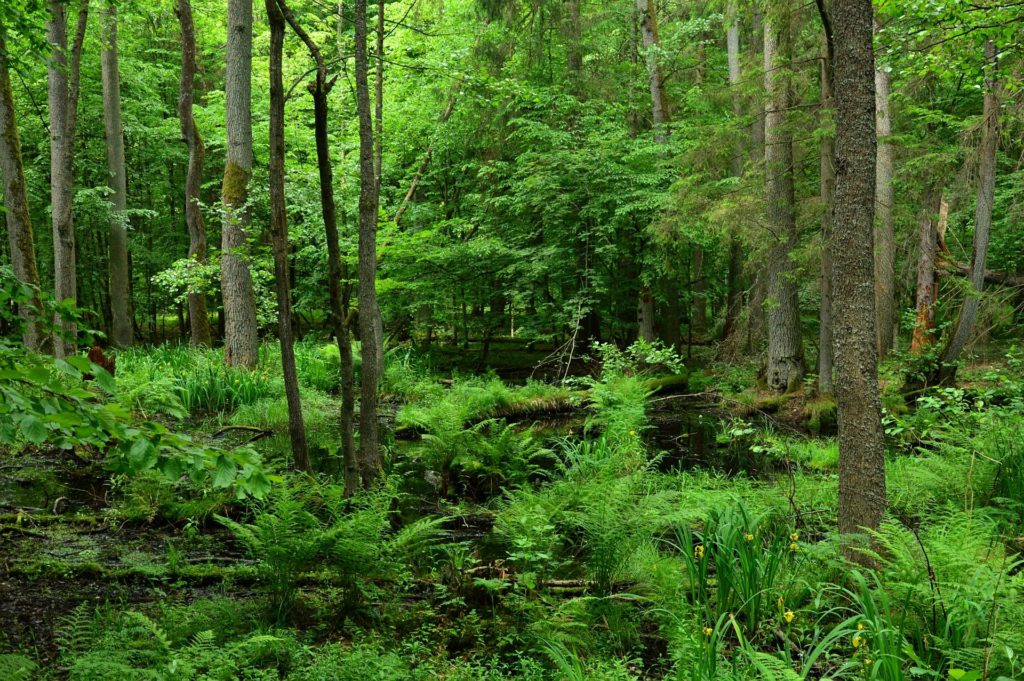
<a name=”rules”></a><span style=”color: #ffffff;”>zasady</span>
Forest bathing (shinrin-yoku) tips:
In order to practice the forest bathing alone, you need a forest area or a park. How to practice?
The walk is calm, at a slow pace, you can stop whenever you like. Distance does not matter, you can even stay in one place. Also physical effort is not the point. The key is the time spent in the forest and the depth of immersion .
We use as many senses as we can.
We observe, but not search for anything special.
We listen carefully.
We experience smell, and if the environment is favorable, we can sometimes feel the taste of forest air on the tongue.
We touch the bark of trees, leaves, moss. If it is possible and safe, it is worth walking barefoot.
We do not talk. If we practice in a group, we agree that we will only speak in really important situations or sharing moments.
We can drink water, tea, eat some snacks.
We try not to bring with us to the forest our daily life: money poblems, job tasks, family issues. This is our time. Just we and nature here and now. If intrisive thoughts appear in your mind – do not give up, but let them go and continue your journey.
We do not set a hiking goal that we must achieve. It’s about mindfulness and presence. A walk is effective if it lasts at least 20 minutes.
Choose for walking safe and comfortable places, especially if you are not used to wild areas that initially may arouse fear. Do not forget about comfortable clothing and prevention from insects.
PRECAUTIONS, LEGAL RESTRICTIONS:
We are not responsible for any accidents that may result from trips in the forest, allergies, stings, mosquito bites, ticks or diseases related to them. Please ensure proper prophylaxis, clothing, repellents, careful examination of the body after a walk, consideration of previous vaccinations against tick-borne encephalitis. You undertake all activities related to the workshops in the forest at your own risk.
Literature:
Forest therapy affects numerous aspects of human health. Global scientific literature provides knowledge on how it can reduce blood pressure, heart rate, positively influence the profile of the parasympathetic nervous system, mental state, sugar levels, and the activity of NK cells, among other aspects of the immune system. Below, we recommend a series of books on forest therapy, forest bathing, ecotherapy, and the relationship between nature and mental health
Books in Polish language
